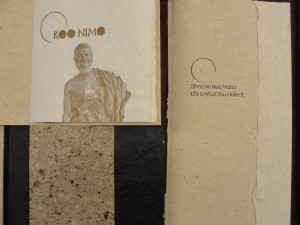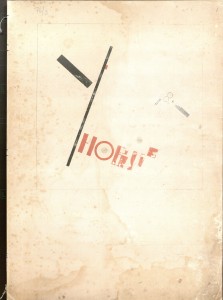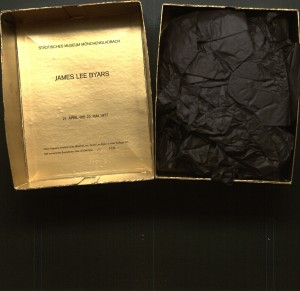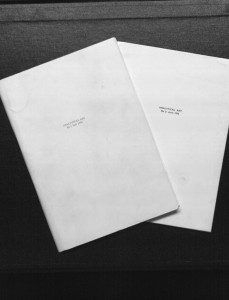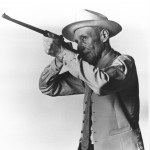The Fine Arts Library recently augmented its collection of turn-of-the-century penny pamphlets on selected European painters called ‘Gowan’s Art Books’. These little books – 16mos, actually, ca.25 pages – cost a shilling at the time (around five cents) and were intended to serve as school texts. They were published in Edinburgh and London (and, eventually, Brussels and Lausanne, in French by the father and son team of William B. and Adam Luke Gowans. Despite their plebian intent, these volumes are actually quite charming, with decorated paper covers and photographic reproductions of the paintings by some of the best photographers of the time, such as Thomas Annan and Fritz Hanfstaegel.
These guides came to us from the estate of Henry Edwards Scott, Harvard Class of 1922, who did graduate work in art history at the Fogg and was professor of fine arts at the University of Pittsburgh, Amherst College, and the University of Missouri.




